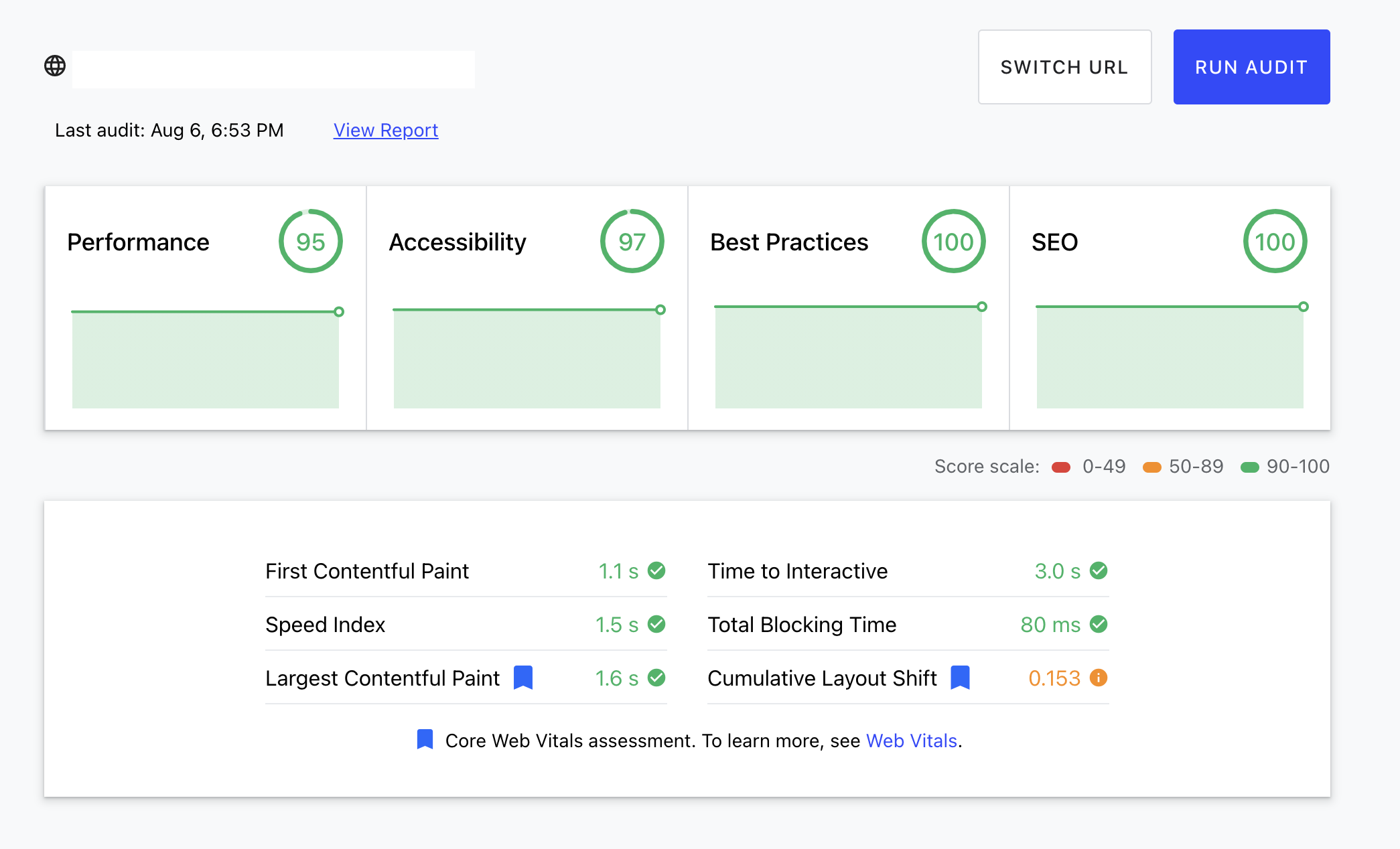如何用JS設計Function Chaining

相信有在開發程式的,不管是前端還是後端都有看過函式串燒這種東西,這次就來認識他吧!
你看過這些東西嗎?
前端也許你看過這個
1
2
3const score = catList
.map(cat => cat === isCute)
.reduce((cuteSum, cuteScore) => cuteSum + cuteScore, 0);後端也許你會看過這個
1
2
3String[] nameCard = new String[2];
nameCard[0] = employee.getName().substring(employee.getName().indexOf(" ") + 1);
nameCard[1] = employee.getName().substring(0, employee.getName().indexOf(" "));
你可能會覺得很神奇,到底是怎麼辦到的?其實原理比你想像中的簡單
設計計算機
現在來用簡單的計算機來介紹,一開始我們會設計這樣的功能
1 | var Caculator = function() { |
使用的時候可以這樣
1 | const value = new Caculator(); |
但是你可能會覺得好麻煩,每次都要寫一遍來處理資料,因此可以這樣設計:
1 | var Caculator = function() { |
只要每次計算都回傳物件自己本身的reference,如此就可以不斷的重複呼叫自己。
1 | const value = new Caculator(); |
如此就簡潔很多了吧~快來在開發者介面試試看吧!
All articles in this blog are licensed under CC BY-NC-SA 4.0 unless stating additionally.
Comment













